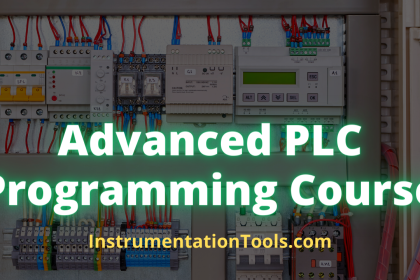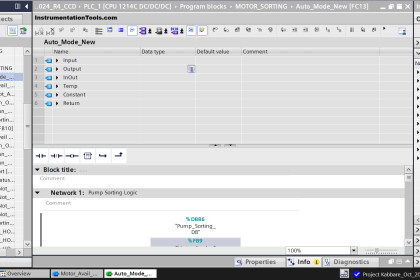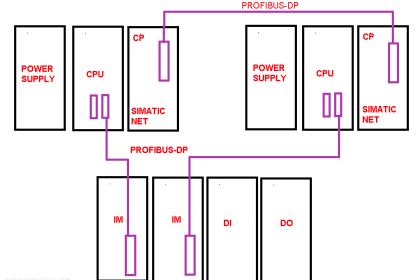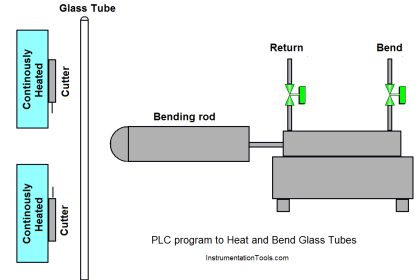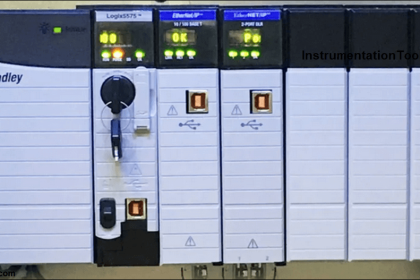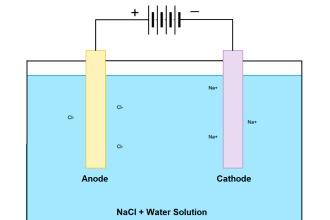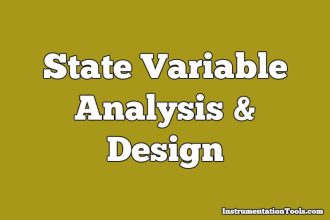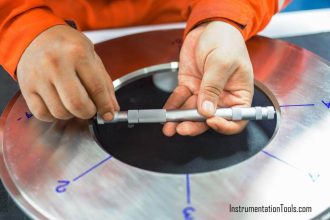Photoelectric sensors are a very important part of instrumentation. They are widely used in determining distances, detecting leakages, and other applications where the parameter focused is majorly the distance.
There are numerous types of photoelectric sensors available like diffuse reflection, retroreflection, through-beam, photoelectric fork, laser, optical, etc. In this post, we will focus on retro-reflection sensors and see how they work.
What is a Photoelectric Sensor?
First of all, let us understand what is a photoelectric sensor. The photoelectric sensor works on the principle of light energy. Basically, a photoelectric sensor converts light energy into electrical energy for signal processing.
A transmitter emits light and a receiver receives it through reflection. When there is a change in reflection, the circuit inside the photoelectric sensor detects it accordingly and generates the electrical signal accordingly.
Retro-Reflective Sensor
Let us first understand this concept by comparing it with a normal diffusion reflection sensor, which is the simplest type. In this, light is continuously emitted by the transmitter.
A retro-reflective sensor looks for an object to be detected, which will hit it and reflect back to the emitter. This means that the light is reflected back when the emitted light hits an object. So, it largely depends on the degree of reflection, shape, color, and material properties of the object.

Now, let us come back to our topic. A retro-reflective sensor is one which rather uses a reflector to reflect the light, in place of an object. This means the light is continuously emitted and received by the unit. The unit houses both the transmitter and receiver. As the light is continuously reflected and as soon as an object comes in between, the light is obstructed.
Now, the light will be diffused due to this (means scattered). The receiver detects this change in behavior and understands that an object has come in between.
So, the reflector and transmitter unit must be properly aligned for the light to come back properly. This method is independent of any object properties and just depends on proper alignment between the reflector and transmitter unit.
The retro-reflective sensor works for a maximum range of 5 meters and cannot go beyond that.
Problems with Retro-reflective Sensor
One major issue with this type of sensor is that it is not able to detect shiny objects. This is because shiny objects too are reflecting and it will give false information to the transmitter that there is no object in between. To solve this, a more advanced type of polarized retro-reflective sensor is available. In this, the light beam is polarized and reflected at 90 degrees.
When a shiny object comes in between, the beam polarizes a little. This angle of change is smartly detected by the sensor and it then understands that an object has come in between.
So, to determine that no object is present, the beam must be continuously polarized and reflected by a precise 90 degrees. This must be maintained and even a slight change in angle is quickly determined as the presence of an object.
Types of Retro-Reflective Sensors
- Standard Retro-Reflective Sensors
- Polarized Retro-Reflective Sensors
- Laser Retro-Reflective Sensors
- Small Beam Retro-Reflective Sensors
- Long-Range Retro-Reflective Sensors
Applications of Retro-Reflective Sensors
1. Conveyor systems in the airport for detecting luggage.
2. Vehicle detection systems at toll gates.
3. Automotive industries
4. Material handling industries
5. Food and beverage industries
6. Warehousing industries
7. Elevators in buildings to determine whether to automatically close the door or not.
If you liked this article, then please subscribe to our YouTube Channel for Electrical, Electronics, Instrumentation, PLC, and SCADA video tutorials.
You can also follow us on Facebook and Twitter to receive daily updates.
Read Next:
- Sensors Books Free Download
- Instrumentation Lab Viva Questions
- 100 Wireless Engineering Projects
- Advanced Microcontroller Projects
- Fire/Smoke/Flame/Heat/Gas Detectors
